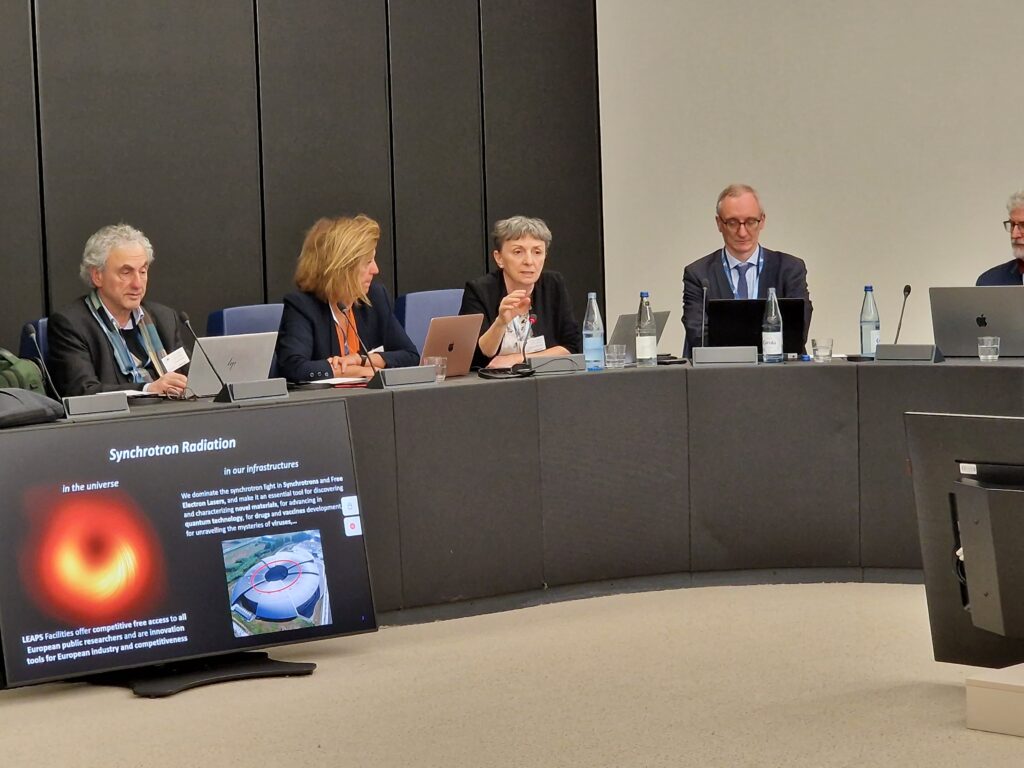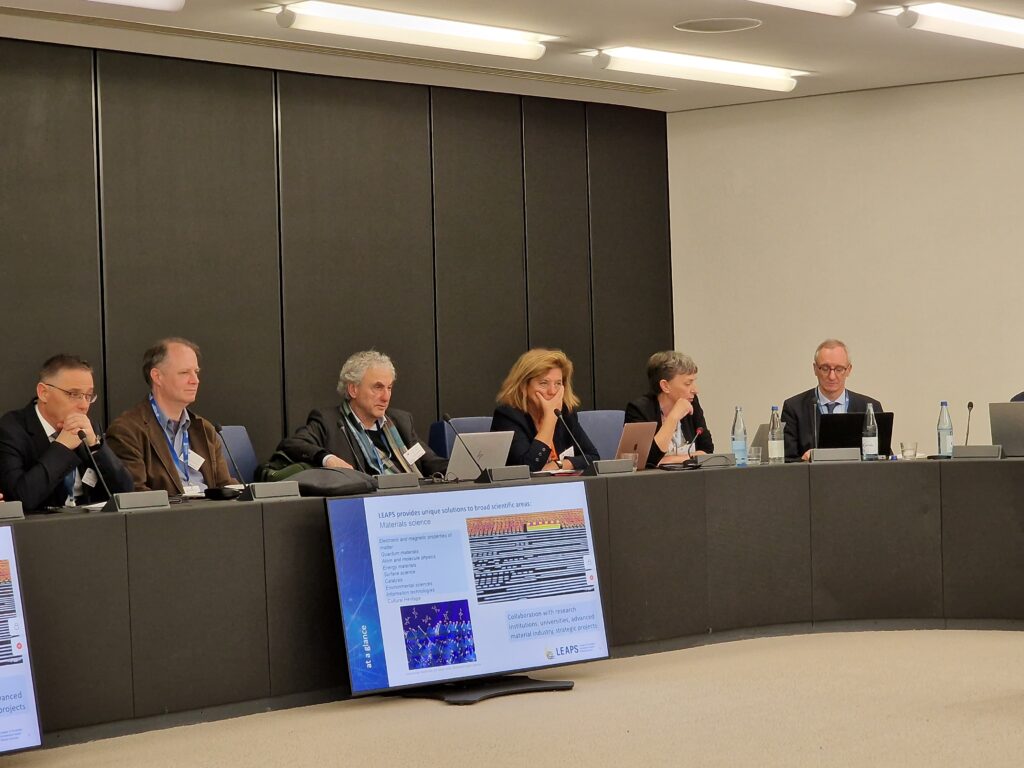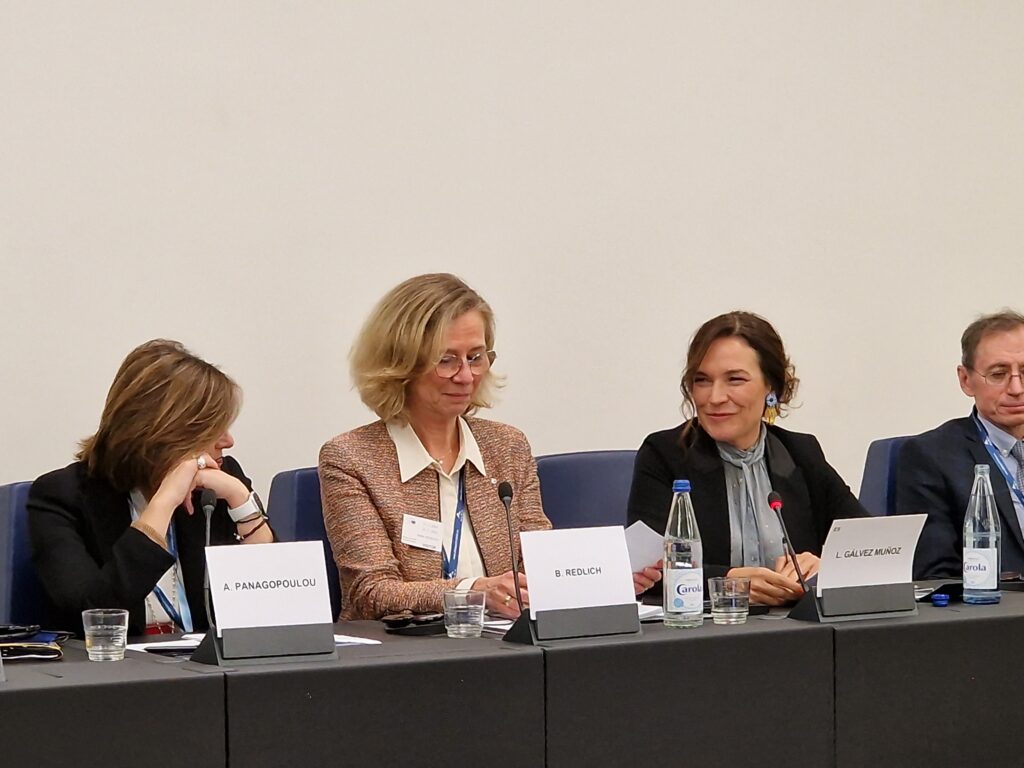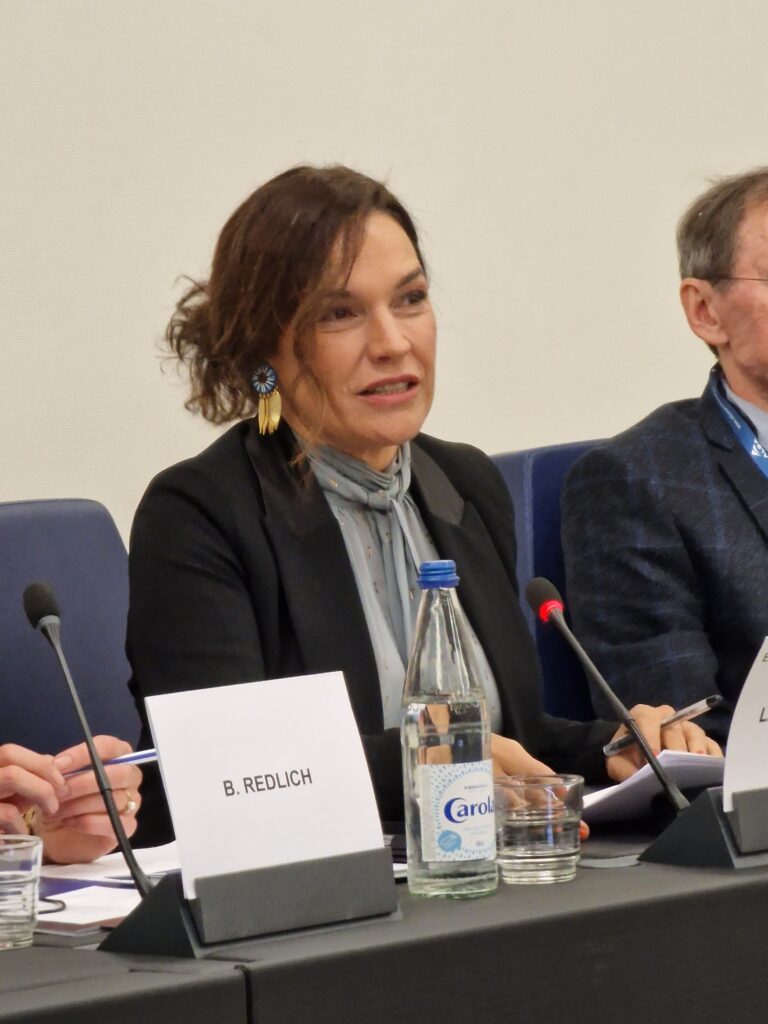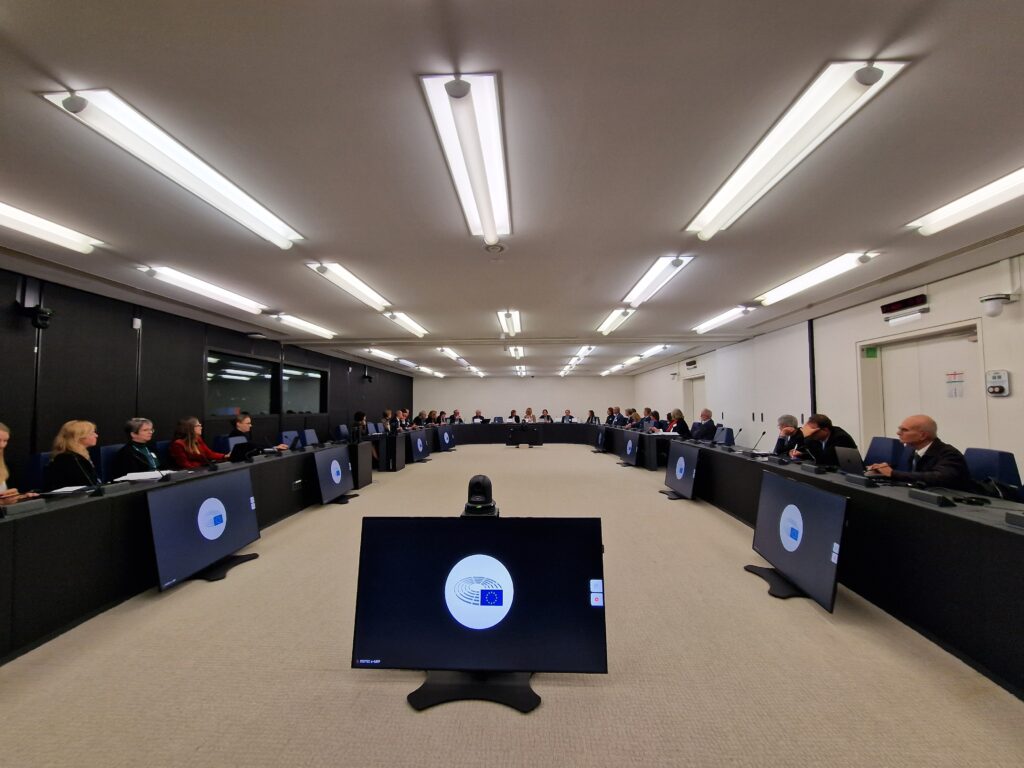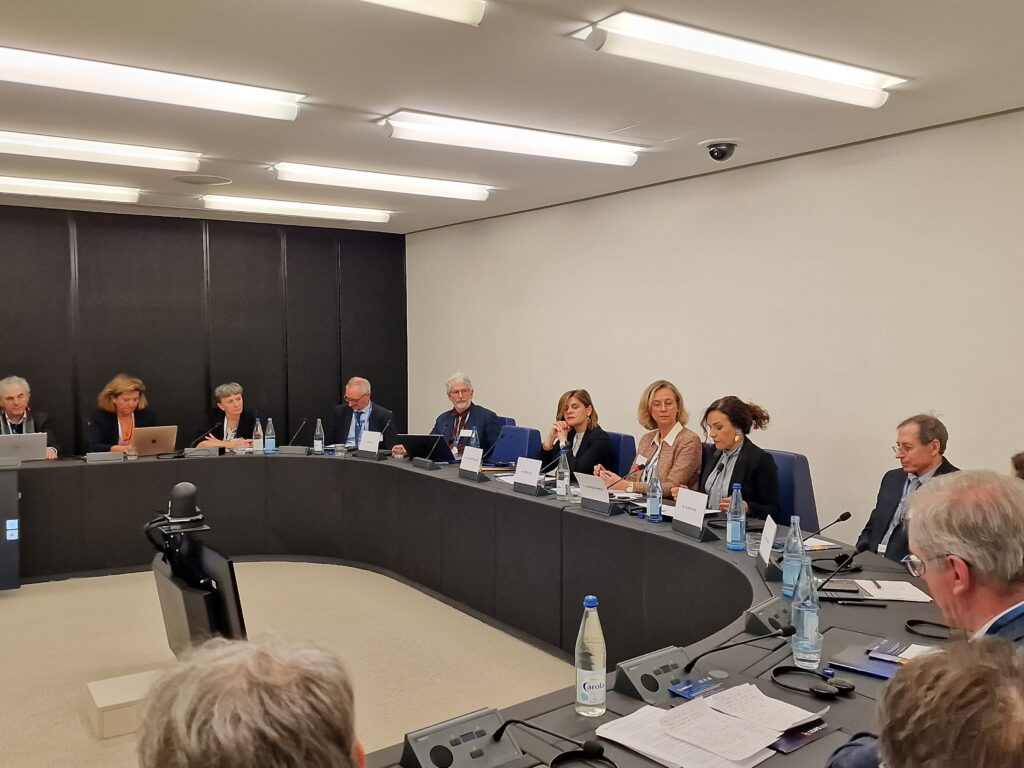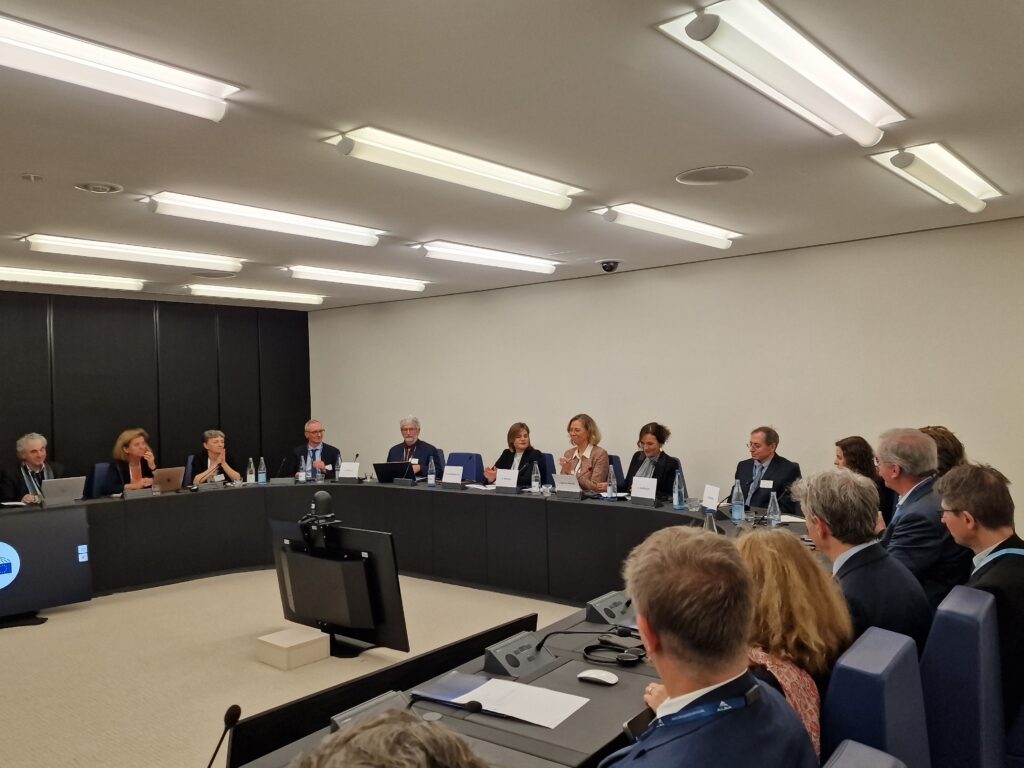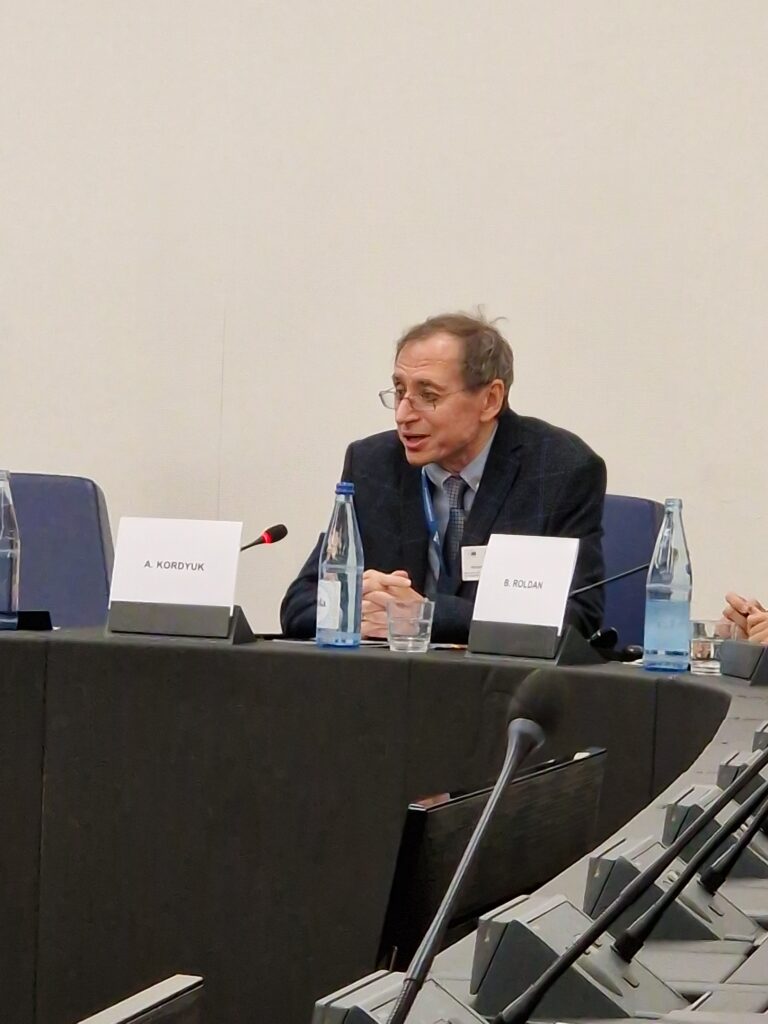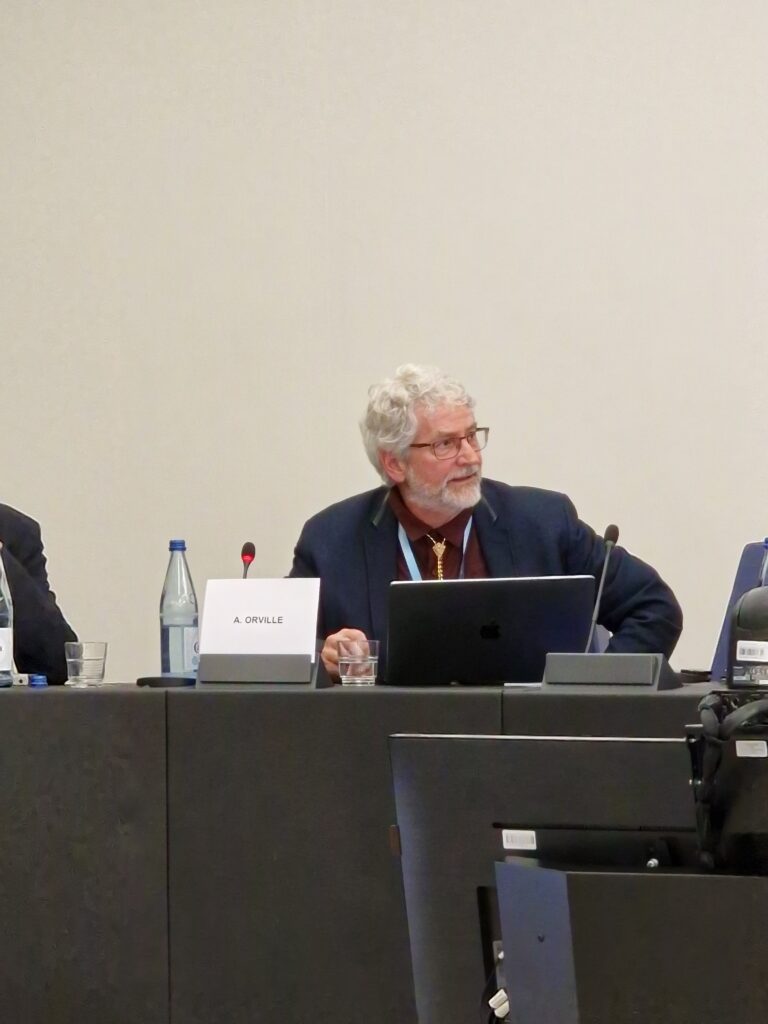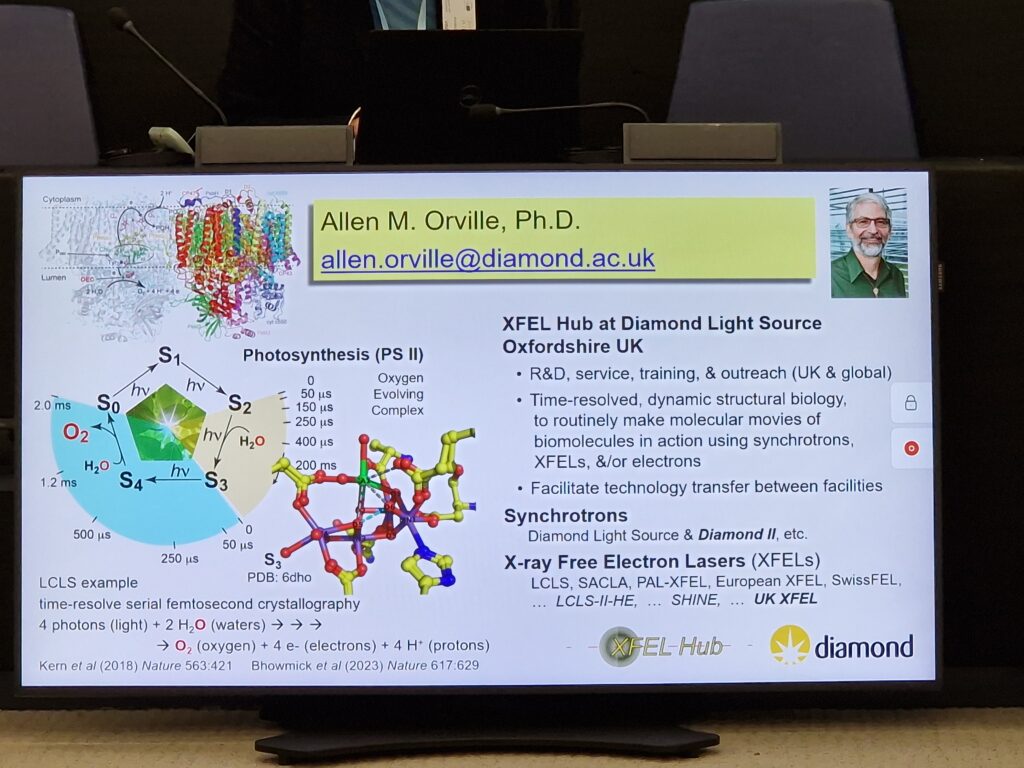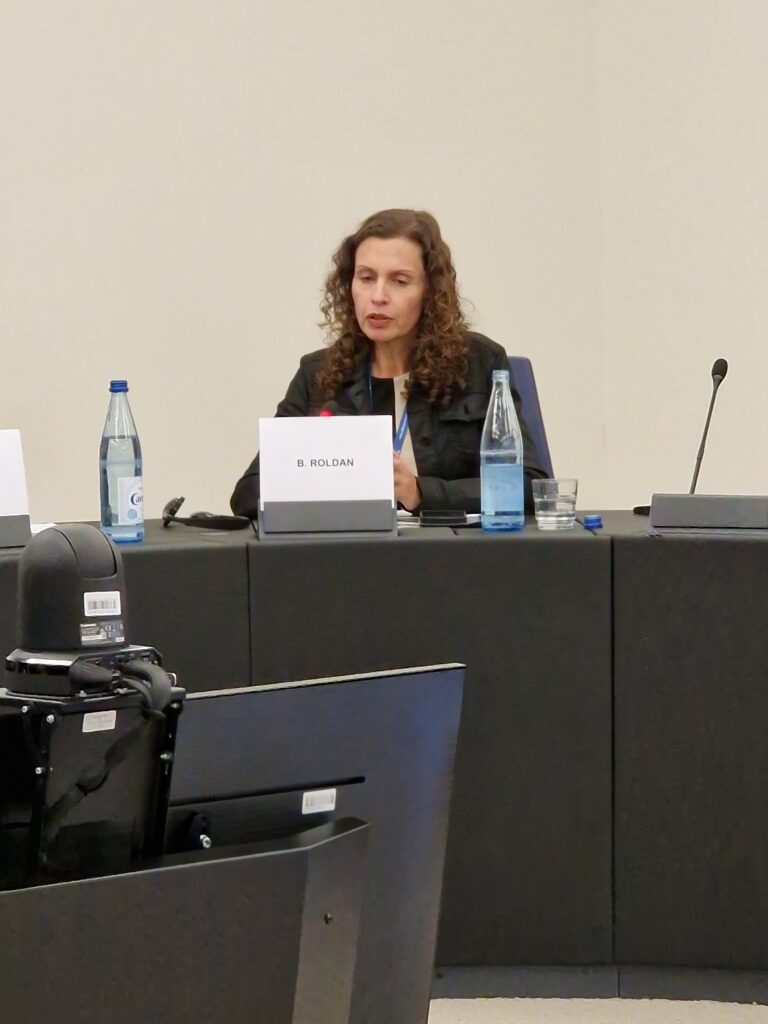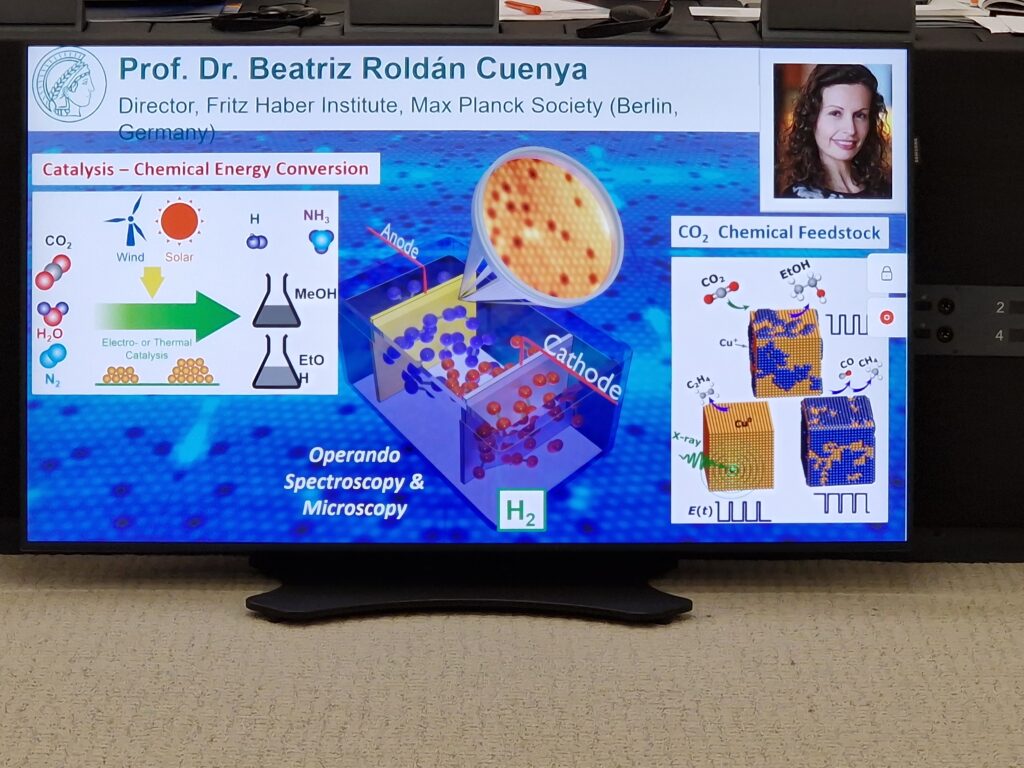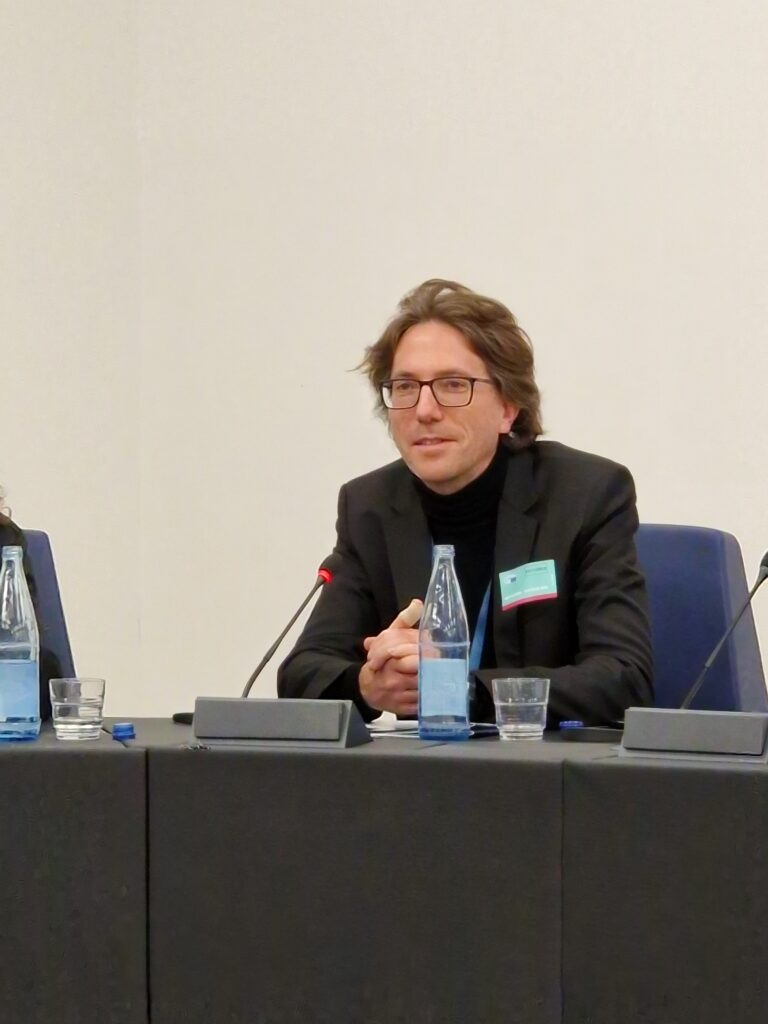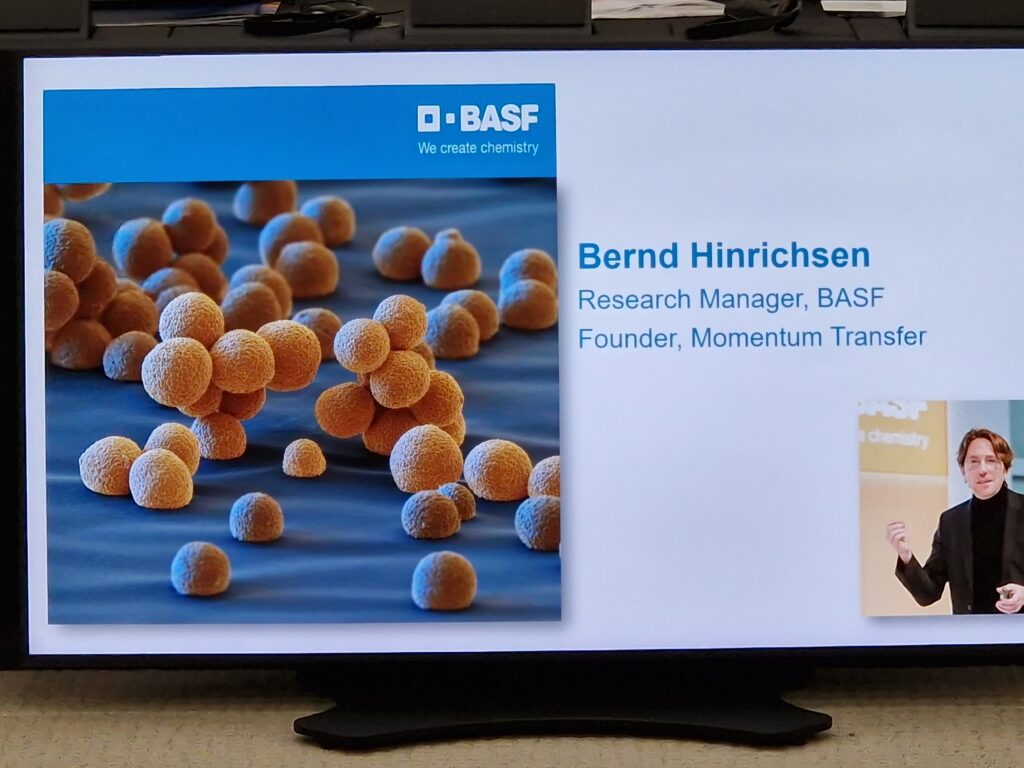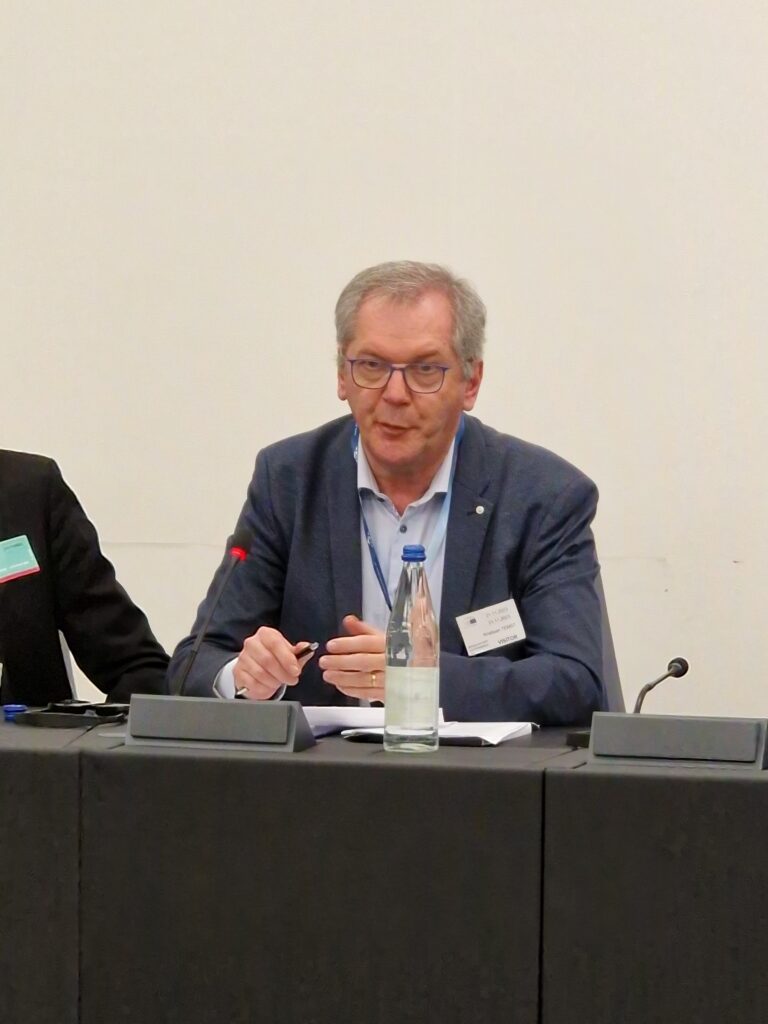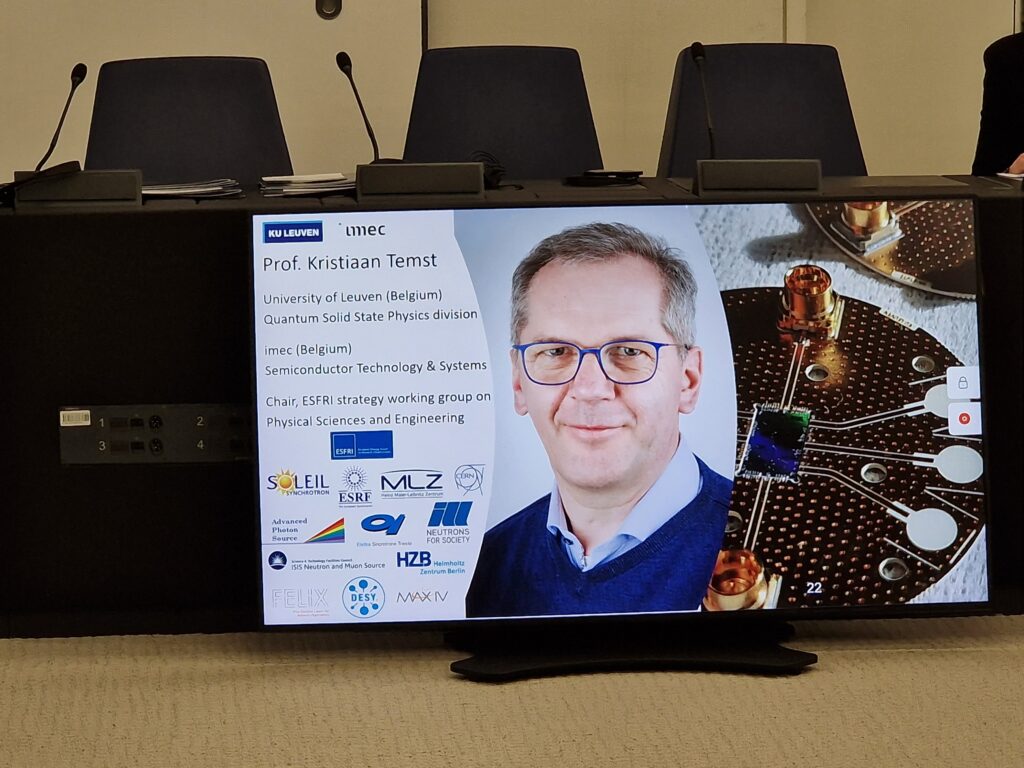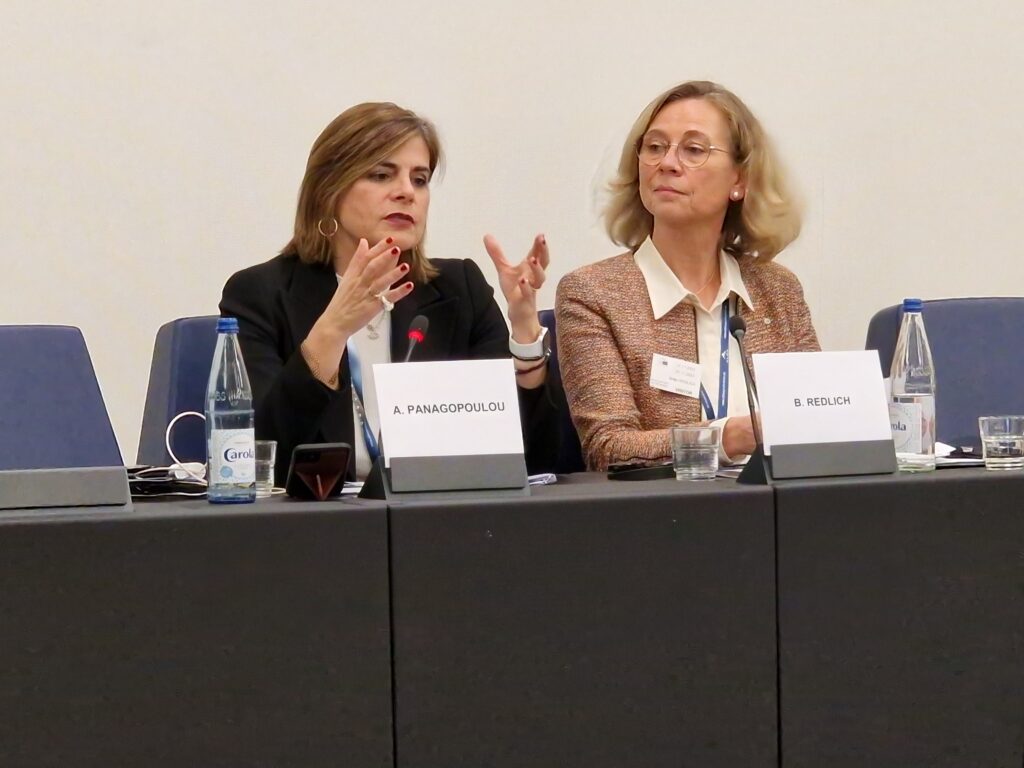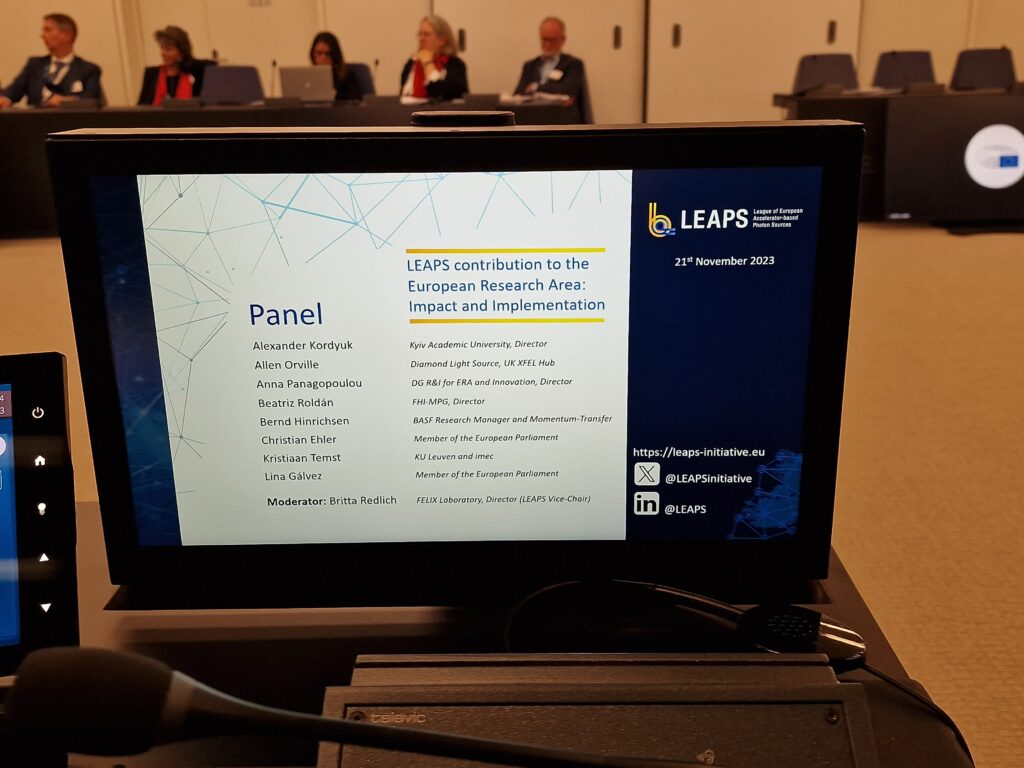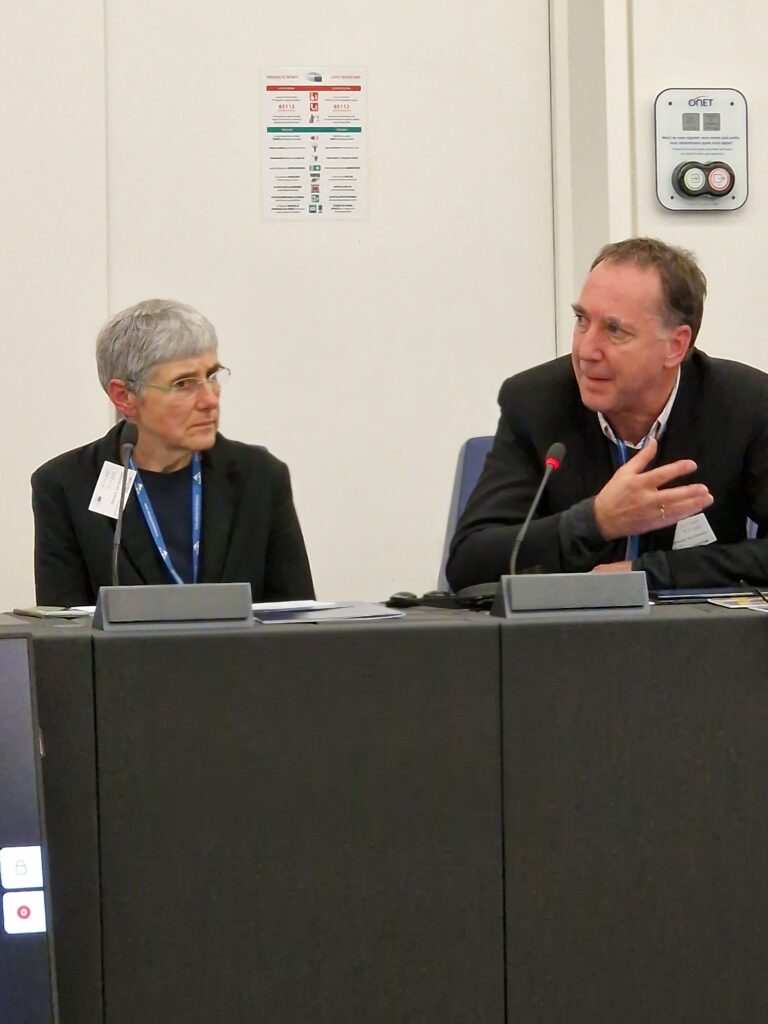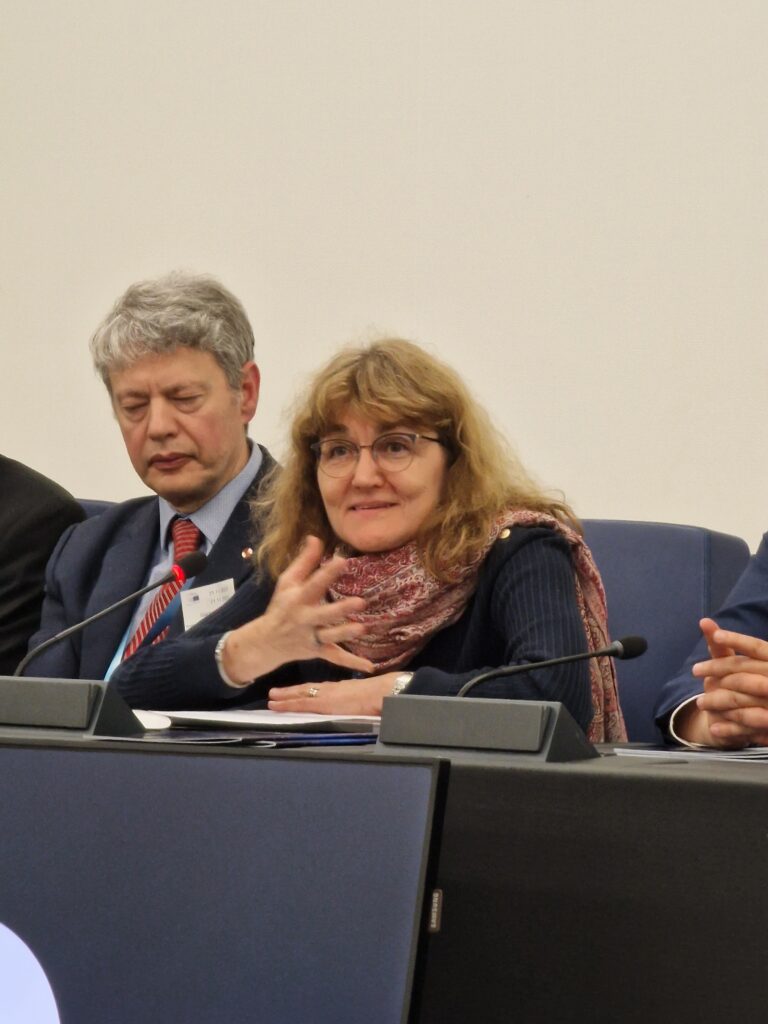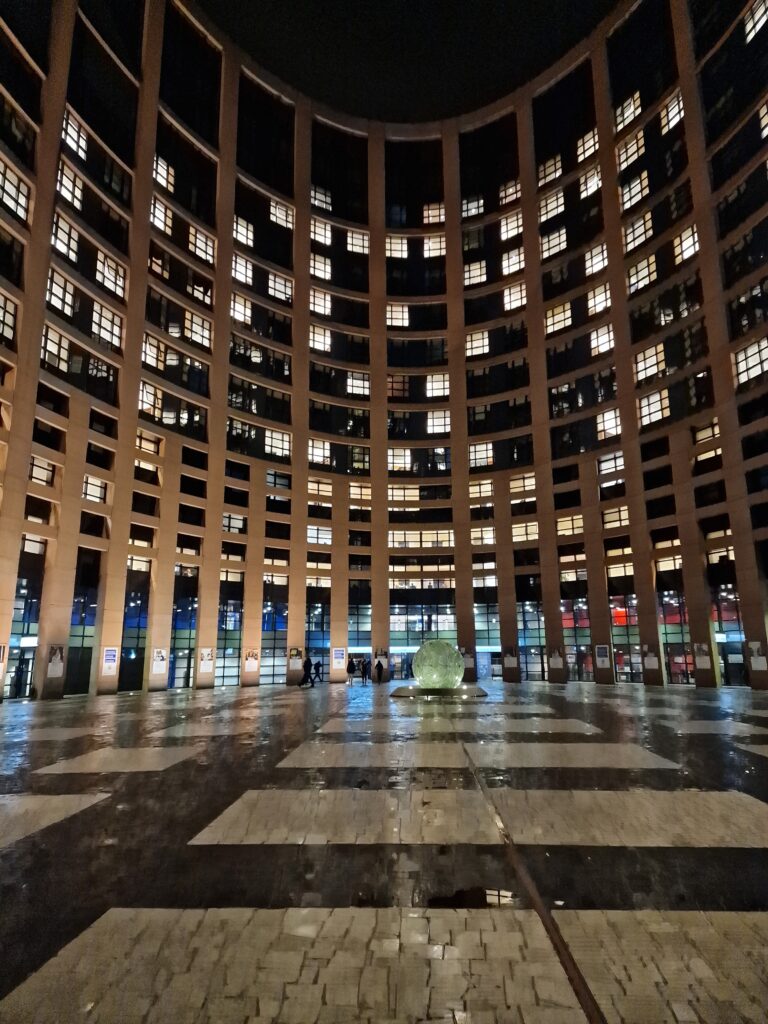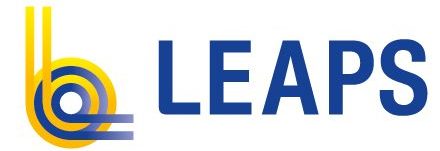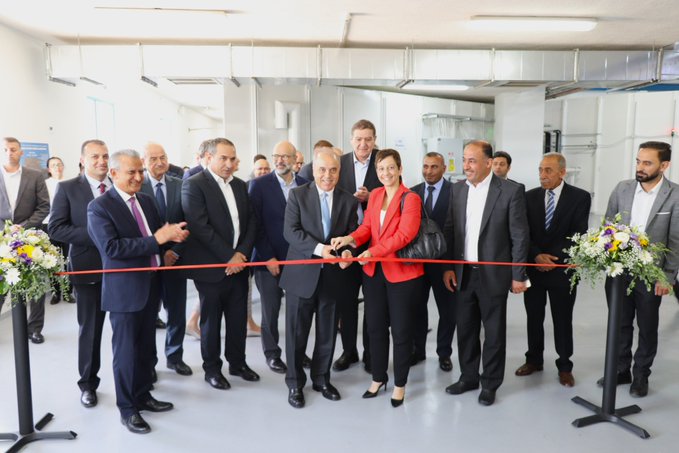LEAPS showcases the power and impact of Europe’s synchrotrons and free electron lasers on Europe’s technological innovation and sovereignty.
Strasbourg, November 21, 2023 – LEAPS has been a guest at the European Parliament, under the auspices of MEP Lina Gálvez, who is also Vice-Chair of ITRE, Industry, Research and Energy Committee. The event is part of the calendar of events of the Spanish Presidency of the Council of the European Union and was attended by Inmaculada Figueroa, representing the Spanish Ministry of Science and Innovation.
This exclusive high-level event was attended by LEAPS General Assembly, Coordination Board and Working Groups members and a selected list of high-profile LEAPS guests representing key stakeholders. Notably, the European Commission (EC) was represented by Anna Panagopoulou Director DG Research and Innovation ERA and Innovation. Her presence signals the European Commission’s recognition of LEAPS’ impact and relevance and its ongoing commitment to supporting research infrastructures as a way to fostering innovation and driving scientific progress across Europe.
The goals of the meeting was to highlight the collective impact and significant achievements and breakthroughs of the LEAPS research facilities and showcase their key role to Europe’s technological sovereignty and to driving innovation in strategic areas like health or quantum and green technologies. With that preamble a LEAPS long-term block-grant funding proposal to promote collaboration across Europe was lined up.
LEAPS presentations were delivered by Caterna Biscari and Jean Daillant. The panel discussion “LEAPS Contribution to the European Research Area: Impact and Implementation”, moderated by Britta Redlich, included representatives from industry, academia, European and national research labs and institutes, and policy. The discussion served to consolidated the coherent message from all different key stakeholders who acknowledged the fundamental and irreplaceable role that LEAPS facilities have for the present and future of ERA.
The key focus of the event was to to present the block grant document and give the next step to engage with the European Commission and Members States in dialogues, aiming to craft a novel block-grant instrument that catalyses transformative measures for research infrastructures in science and innovation.
In line with the title of the block grant white paper LEAPS expects the repercussions of this open and cooperative discussions with Europe policymakers and politicians will mark the beginning of a game changing period where LEAPS will be able to develop its strategy and roadmap to its full potential.
